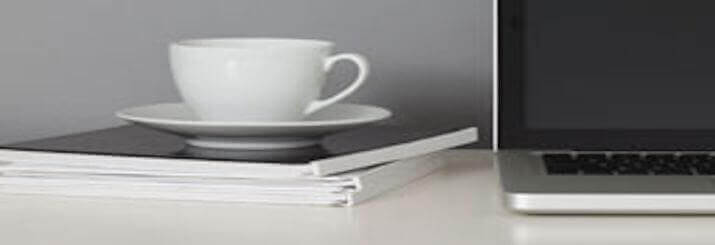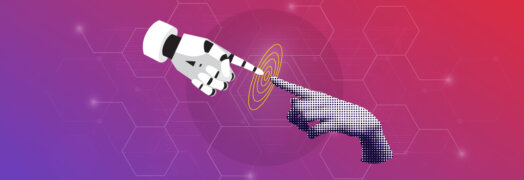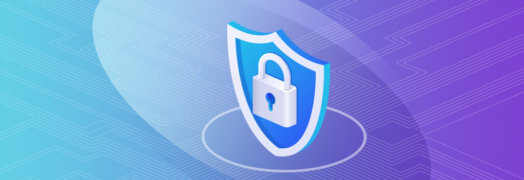Most companies pay a lot of attention to the design of their websites, marketing collateral, logos, and other marketing tools. And rightfully so, as professionally designed marketing materials are essential for attracting new clients and growing the business.
But what about your office? Today’s work environment is undergoing radical change. And unless you design your office accordingly, you may not be able to keep up with the evolving needs of clients or your employees.
About two decades ago, the Internet began transforming our work world by making access to information instantaneous and ubiquitous. Now, new mobile technologies are kicking that transformation into high gear. With the emergence of smart phones, tablets and powerful data-sharing platforms, people can now work virtually anywhere, with anyone, at any time. As a result, the workplace of the future will be less centralized, more mobile, and far more flexible than today’s traditional offices.
Instead of isolating people in private offices and rows of cubicles, offices will become much more fluid and flexible. Companies will build in lots of open space to encourage creativity and communication. Office furniture will become less rigid, more movable, and more comfortable. As people shift from desktops to laptops and tablets, there will be fewer assigned desks or cubicles. Instead employees will gather and work where they can be most productive.
At the same time, the work office will no longer occupy a fixed location for increasing numbers of workers. If you’ve ever answered a business email at home or conducted an important client call from the airport, you know that this trend has already begun. As adoption rates for mobile technologies continue to soar, working outside the office on a regular basis will soon become the rule rather than the exception for many employees.
As you ponder what your office needs to look like in a mobile technology world, keep in mind that office design includes more than just the layout, furniture, and type of equipment used in the office. It also includes the policies that dictate how, when and where your employees perform their work.
For example, at Bop Design all employees have the option to work from home one or two days a week. While it’s important for everyone to be in the office on some days, we believe this flexibility enables our staff to work more efficiently and contributes to their work/life balance.
Our phone system is also set up to support a mobile workforce. We have an office line for clients to call in to, but no landline office phones. Instead, the phone line is a virtual one that automatically forwards calls directly to company mobile phones. This way, we don’t need to worry about setting up call forwarding when we aren’t in the office.
All our employees work with laptops rather than desktops — a necessity when working from home or on the road. And we always stay logged into Skype so we can easily and efficiently communicate with each other regardless of where we’re working.
We believe that office design plays a key role in our ability to serve our clients well. And we consider a comfortable, flexible office environment to be essential for productivity and recruiting.
To learn more about what the office of the future will look like, check out this informative report. You may never look at your office the same way again!



